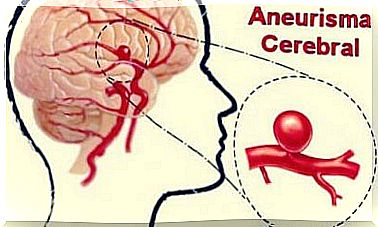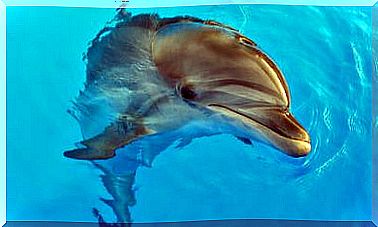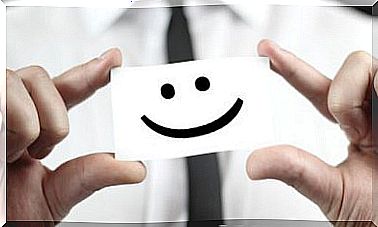Why Do Children Imitate Adults?
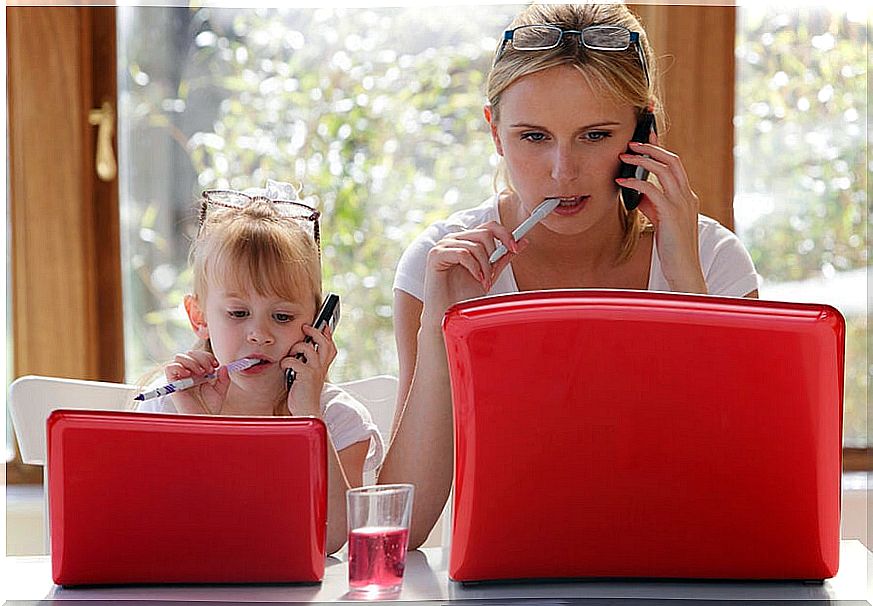
For better or for worse, children imitate adults. Almost without us noticing, their childish gazes study and attend us, integrating behaviors, copying gestures, internalizing words, expressions and even roles. It is clear that our little ones will never be exact copies of their parents; however, the imprint we leave on them is often decisive.
This is a fact that we have always been clear from the field of developmental psychology. Albert Bandura, for example, a renowned psychologist in the field of social learning, already spoke to us at the time of a key concept such as “modeling. ” According to this approach, people learn by imitating behaviors from our environment, from those social models with which we grow up or with whom we have contact.
Therefore, children do not just imitate their parents. As we well know, our little ones do not live in isolated settings. Nowadays, they have more social stimuli than ever, models that go even beyond their own home and school. Nor can we forget television and those new technologies where they move from an early age as authentic natives.
Everything they see, everything they hear and happens around them influences and determines. We adults are that vast theater of characters that they imitate and that will end up influencing their behavior and even their way of understanding the world. Let’s see more data below.

Why do children imitate adults?
We know that children imitate adults, but… why do they really do it? Developmental psychologist Moritz Daum of the University of Zurich makes an interesting point. This almost instinctive behavior in human beings (and also in animals) serves us for more than just learning. Imitating also builds a sense of belonging, it helps us to identify ourselves with a certain group.
Now, is it true that children are like sponges and tend to imitate everything they see? Even more, at what age do they begin to look at what surrounds them to start modeling? Let’s analyze these and other questions.
When do children begin to imitate adults?
It is known that mimicry begins shortly after birth. There are newborns who copy facial movements such as sticking out the tongue. However, it is about one year of age when this whole process matures.
Now, six-month-olds already understand intentional behavior at this age. What does this mean? It means, for example, that when they see mom or dad come up to pick them up, they will feel good. They already understand what things are pleasant and unpleasant in their daily routine. All of this forms a basis for recognizing patterns and behaviors, to understand that after certain actions, others follow.
It is between 19 and 24 months when children begin to copy many things that they see in others. They imitate their parents, their older brothers and also what they can see on TV. They do it to learn, but also to be equal to others, to feel integrated into a social group.
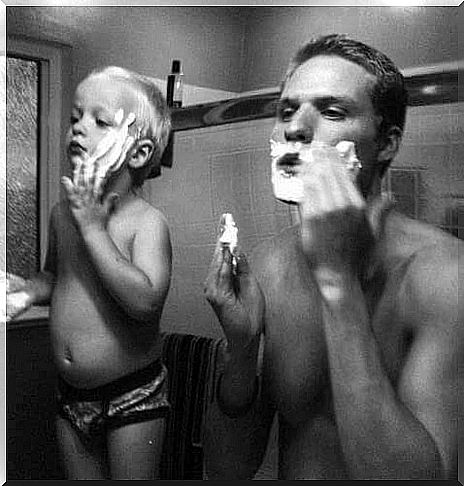
Do children choose who to imitate and what to imitate?
When asked if children imitate by mere mimicry or tend to choose what to copy and what not, it is interesting to know that there are certain stimuli that they like more than others. It has been seen that, when a child is surrounded by other children of his age and adults, he will tend to imitate the behavior of his peers. Mirror neurons are activated much more when they are in front of someone with similar characteristics to them.
Now, when a child needs to learn something in particular, they turn to adults. This principle fits into Lev Vygotsky’s theory of the zone of proximal development. In other words, they know that with the right support they can go to another level, to another phase of greater competition. But to do this, they need “expert role models,” that is, adults.
On the other hand, there is a detail that will undoubtedly seem interesting to us. According to a study carried out at the University of London by Dr. Victoria South, 18-month-old children already tend to imitate what is familiar to them, which is repeated several times and which is also accompanied by language. In fact, this is how communicative processes mature.
Young children do not know if what they imitate is appropriate or inappropriate
In a study carried out at Yale University, something remarkable has been discovered. Derek Lions, author of this work, points out that children, during a specific period of their lives, imitate adults in excess and in a mimetic way. It is during the first five years that this overlap occurs.
- That is, they still lack that critical sense or that more sophisticated thinking to infer that what adults do or say is adequate, useful or moral.
- An example. In this work an experiment was carried out. A group of adults showed 3-year-olds how to open a box. The way they did it was somewhat complex, adding completely useless and almost ridiculous steps that delayed the opening of the box.
- When the children tried it themselves, they copied each of the steps taken by the adult, including those that were useless.
- Now, this same test was applied to another group of children of the same age, who were invited to carry out the exercise without any example, without any adult serving as a model. The children solved the exercise without extra steps.
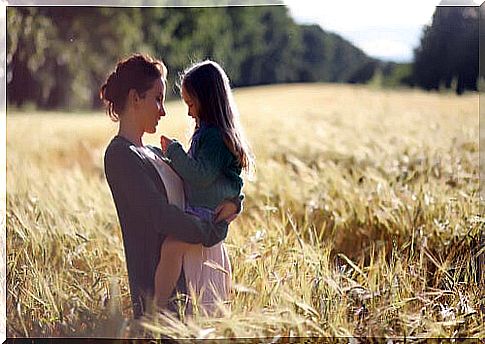
All these data support our intuition. Young children learn by observing everything around them, but they pay special attention to their mothers and fathers. Being your best role model is a great responsibility; perhaps the most important of all.
From us they will learn the good and the bad, each adult will be that mirror in which to look at themselves and to imitate for a certain time. Therefore, let us take maximum care of each behavior, each gesture and each word to be your springboard towards happiness and well-being.
